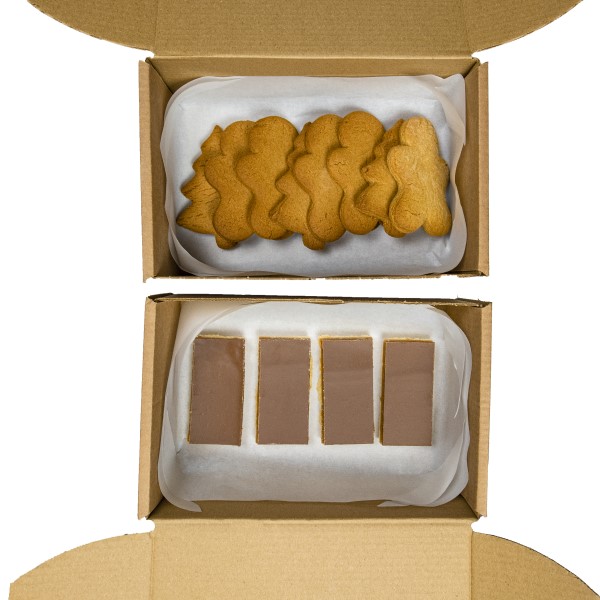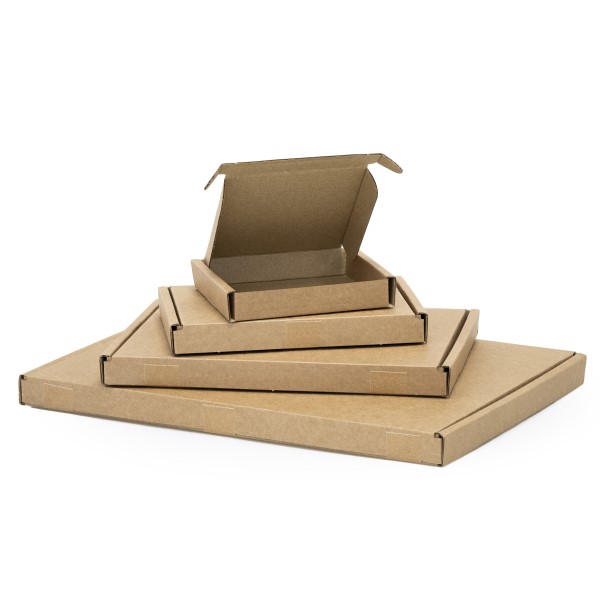Kite blog
How to Package Baked Goods

Easter is for luxuriating in indulgence and what could be more indulgent than seasonally-themed baked goods. Apart from chocolate, wine and the 20 million or so packs of hot cross buns we Brits consume at Easter each year, not much else springs to mind.
With many using the extra holiday to travel at this time of year, letterbox gifts provide the perfect opportunity to share presents with loved ones when they can’t be delivered personally. It’s a great way for people to let their nearest and dearest know they’re thinking of them and it’s convenient, so why not.
If you’re a baker that means you’re in business and it’s time to cook up a storm.
In order for goods as fragile as baked ones to survive the journey to letterboxes, they must be packaged well enough to withstand whatever conditions are thrown at them.
Sturdy and dense treats are less likely to crumble or break in the post, so they are your best bet as neither your customer or their gift recipient will be impressed with crumbs when they were expecting cookies.
Freezing before shipping is a great way of hardening and preserving your goods for optimal freshness upon arrival.

Fortunately, most baked products like brownies, muffins, cookies and hot cross buns freeze and defrost well without changing the quality of their flavour, texture or consistency. Any moisture that is released when defrosting won’t be significant enough to cause leaks, but you still want to use absorbent materials when packing as leaks are against shipping guidelines. We recommend our compostable greaseproof paper sheets as these will help to contain any grease or moisture whilst also helping to keep your goods intact.
Before any of this, however, you first need to pick a shipping box. Luckily for all the bakers out there, Kite supply a range of ecommerce, postal boxes and large letter postal boxes which are perfect for the job and offer cost savings by complying with Royal Mail’s PiP Guide.

Please be sure to check dimensions and weights against the guide before shipping to avoid any unexpected costs.
It's best to use a shallow, flat container so there is less room for movement, keeping stacks to a minimum of two.
Add shredded paper, wood wool or tissue paper, filling in any empty spaces to prevent internal movement, ensuring goods do not jostle or crumble in transit.

Give your package a shake test and if there’s no movement, you’re good to go. If this is not the case, now is the time to add more packing materials.
Once done, you can move on to sealing your package and getting it posted. Our self-adhesive paper kraft tapes are resistant to moisture and humidity, making them the perfect partner for sealing up any baked goods that may release moisture. These are 100% recyclable and will tie your brand to environmental responsibility, earning your brand respect, loyalty and more sales.
(As a side note, it’s always a great idea to throw in freebies now and again as a way of encouraging repeat business and introducing new products to your customers.)
We hope our packaging tips helped and wish you all a very Happy Easter from Kite!
